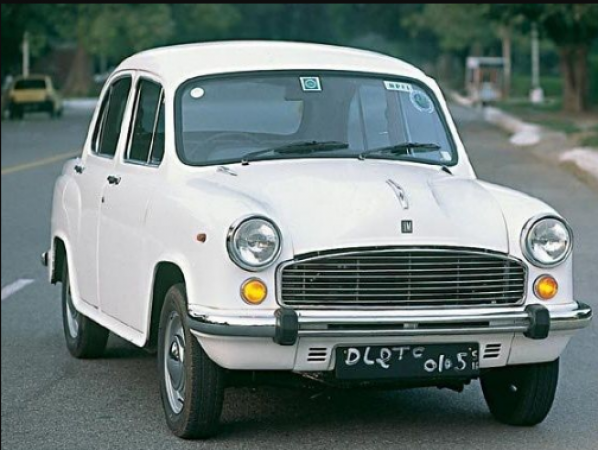
New Delhi: Hindustan Motors' Ambassador, often referred to as the "Amby," was once an iconic car in India and held a dominant position in the Indian market. However, several factors contributed to its eventual decline and failure to continue in the Indian market. Here are some of the key reasons:
1. Outdated Design: The Ambassador's design remained largely unchanged for several decades, which made it appear outdated compared to more modern and stylish cars entering the market. Consumers began to prefer newer, more contemporary designs offered by international car manufacturers.
2. Lack of Innovation: Hindustan Motors failed to keep up with technological advancements and innovations in the automobile industry. The Ambassador lacked features and amenities that were becoming increasingly common in cars, such as power steering, air conditioning, and advanced safety features. This made the car less appealing to the evolving needs and preferences of Indian consumers.
Also Read: The Rise and Fall of Mahindra Centuro: Unraveling the Mysteries Behind Its Indian Market Failure
3. Poor Quality and Reliability: Over time, the quality and reliability of the Ambassador declined. The company struggled to maintain consistent manufacturing standards and address issues related to durability and performance. As a result, customers started losing trust in the brand, leading to a decline in sales.
4. Increased Competition: The liberalization of the Indian economy in the 1990s opened the doors to foreign automobile manufacturers. Global brands like Maruti Suzuki, Hyundai, Tata Motors, and Honda entered the Indian market with technologically advanced cars, superior designs, and competitive pricing. The Ambassador faced stiff competition from these manufacturers, who offered more appealing options to Indian consumers.
Also Read: "Beware the Dark Side of Alloy Wheels: The Hidden Disadvantages for Your Vehicle!"
5. Changing Consumer Preferences: As India's middle class grew and disposable incomes increased, consumers began seeking vehicles that aligned with their aspirations and lifestyle choices. The Ambassador, with its association as a taxi or government vehicle, failed to resonate with this new generation of car buyers who desired more modern and stylish options.
6. Maintenance and Service Challenges: As the popularity of the Ambassador declined, so did the availability of spare parts and authorized service centers. This made it increasingly difficult and expensive for owners to maintain and repair their vehicles, further discouraging potential buyers.
7. Regulatory Changes: The introduction of stricter emission norms and safety regulations in India posed a challenge for the Ambassador, which was not designed to meet these requirements. Hindustan Motors struggled to adapt the car to comply with the new regulations, which further hindered its market viability.
Also Read: The Rise and Fall of Mahindra Centuro: Unraveling the Mysteries Behind Its Indian Market Failure
Due to a combination of these factors, the Hindustan Motors Ambassador lost its market dominance and failed to keep pace with the evolving Indian automotive industry. Hindustan Motors eventually suspended production of the Ambassador in 2014, marking the end of an era for this iconic Indian car.